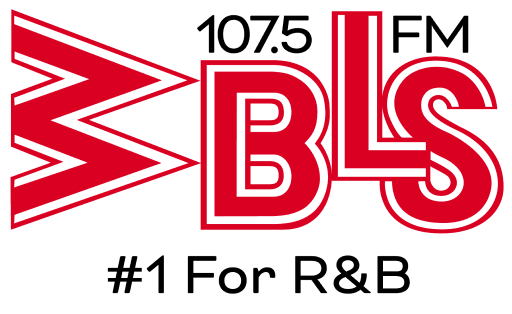The IRS is sending out more money!
Child tax credit payments were extended, and it’ll begins today ( July 15). As reported on CNN, here’s essential information you should know:
Households earning $112,500 and joint filers making up to $150,000 are qualified. The article points out, “For many families, the credit then plateaus at $2,000 per child and starts to phase out for single parents earning more than $200,000 or for married couples with incomes above $400,000.” If a parent isn’t a citizen, they can still receive the money as long as they have individual taxpayer identification numbers (ITIN) and their children have Social Security numbers. Check your eligibility.
The amount families will receive varies and depend on income and family size. According to CNN, “Eligible families can receive a total of up to $3,600 for each child under 6 and up to $3,000 for each one age 6 to 17 for 2021. That’s an increase from the regular child tax credit of up to $2,000 for each child up to age 17.”
The funds will be given out on the 15th of each month from now until the end of the year. It’ll be through a direct deposit, paper check, or debit card. Parents will get half their credit, up to $300 a month for each child under age six and up to $250 for each one ages 6 to 17. The article says parents can claim the other half when they file their 2021 taxes in 2022. Check to find out if you’re enrolled to receive advanced payments at an IRS portal. If you rather receive your payment as a lump sum, you can opt-out of the monthly installments.
The article also states that most families will get the credit automatically and don’t have to do anything since they filed 2019 or 2020 returns claiming the credit.
However, if you didn’t file a tax return recently or used the non-filer tool must take action. CNN reports, “They can use another IRS portal to register to receive the enhanced child tax credit. The sign-up tool allows users to provide the necessary information about their households and, if they choose, their bank accounts so the agency can directly deposit the funds.”
